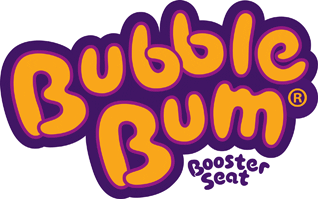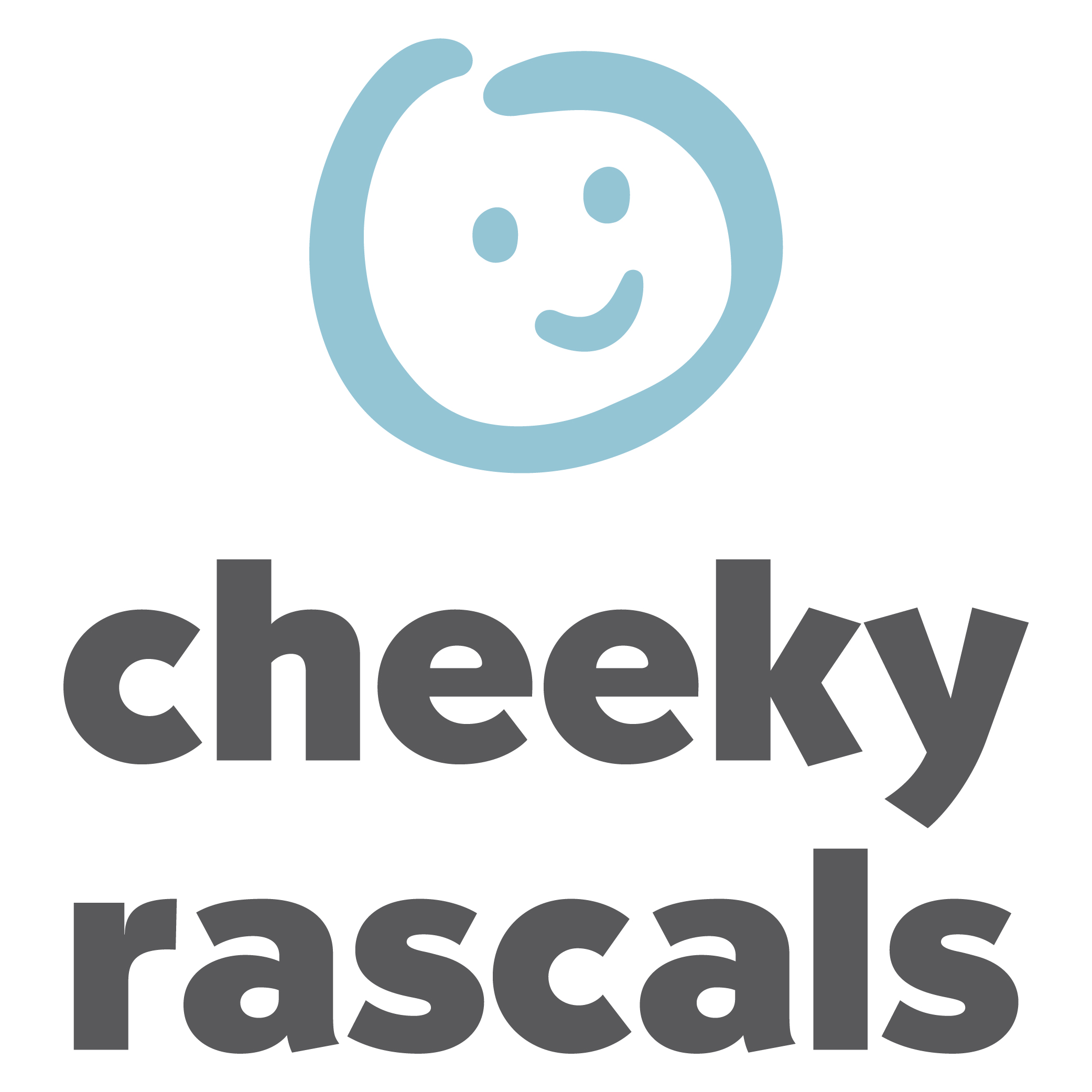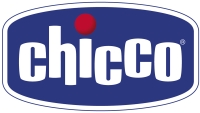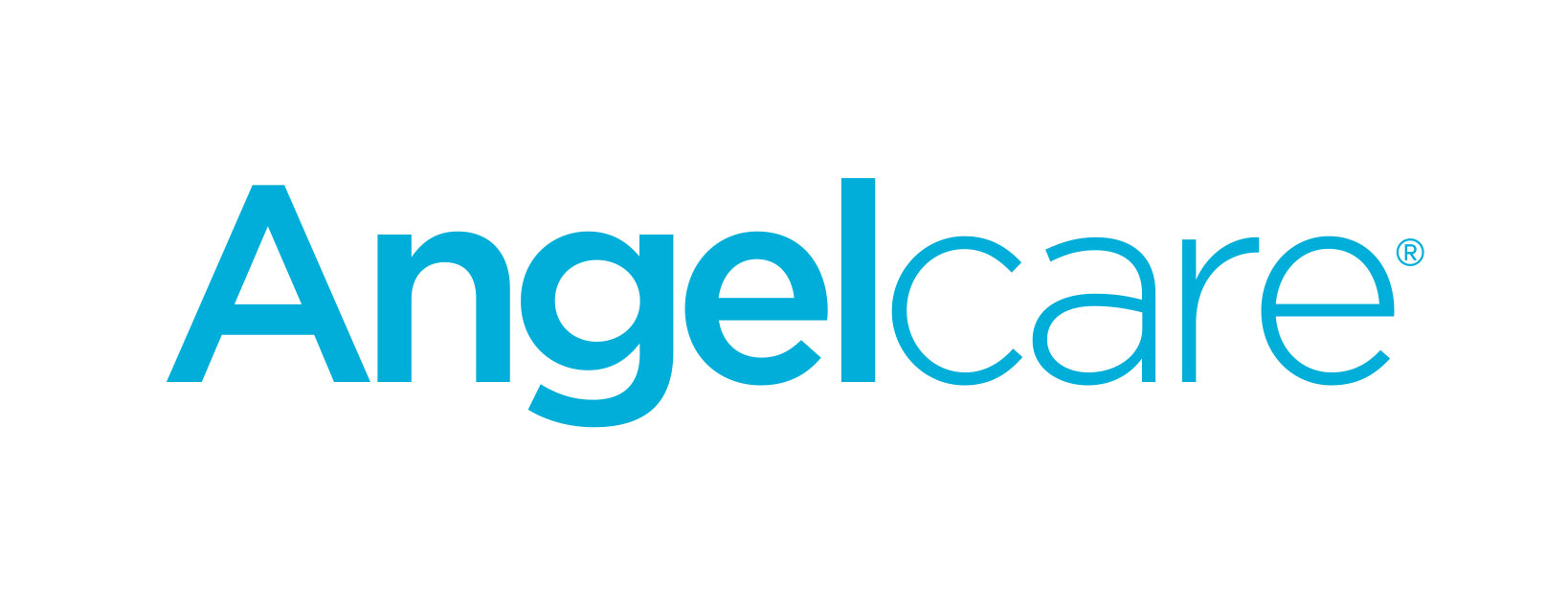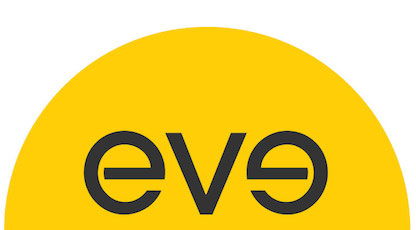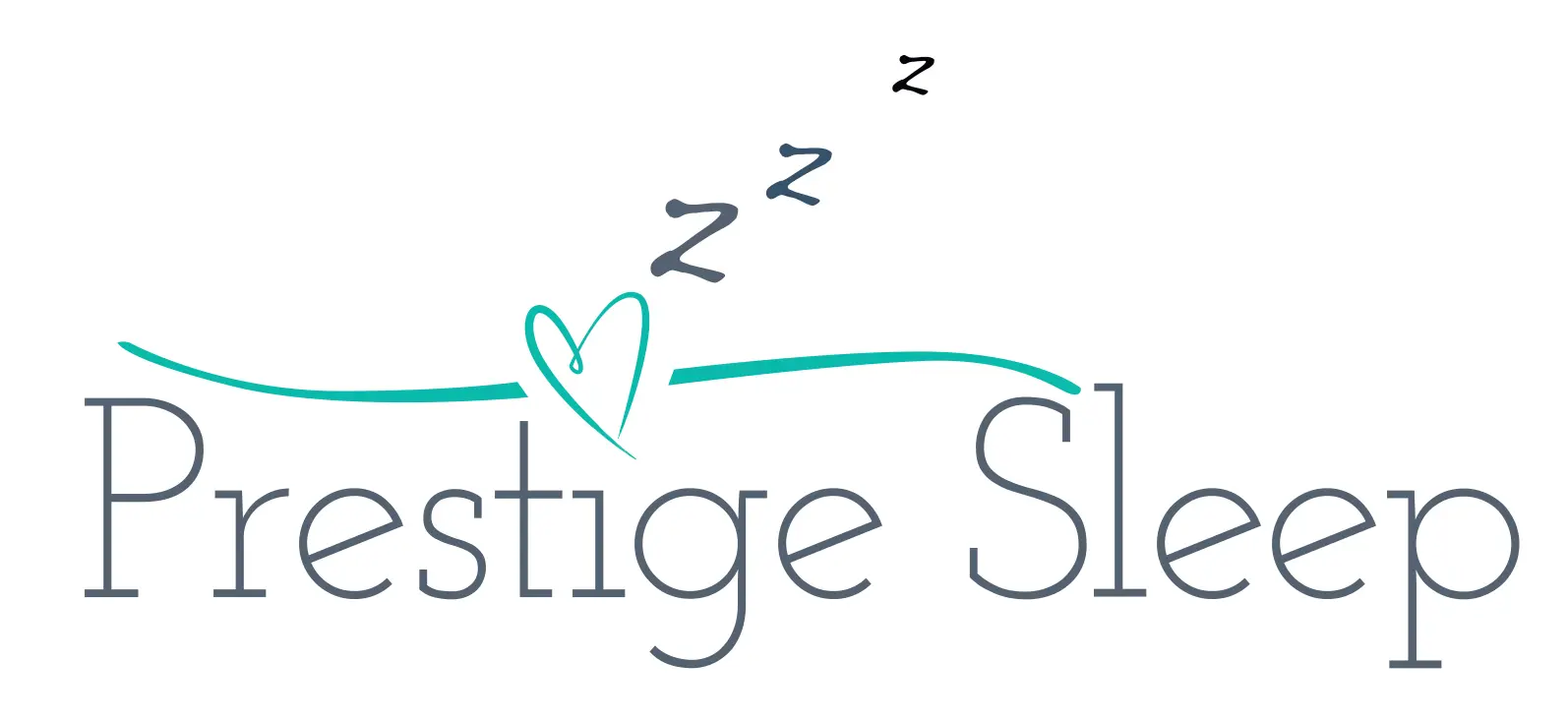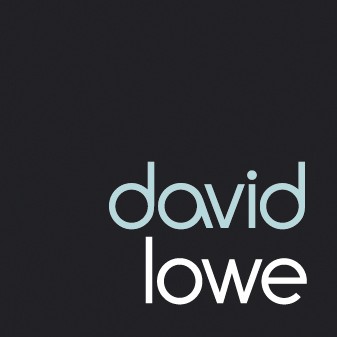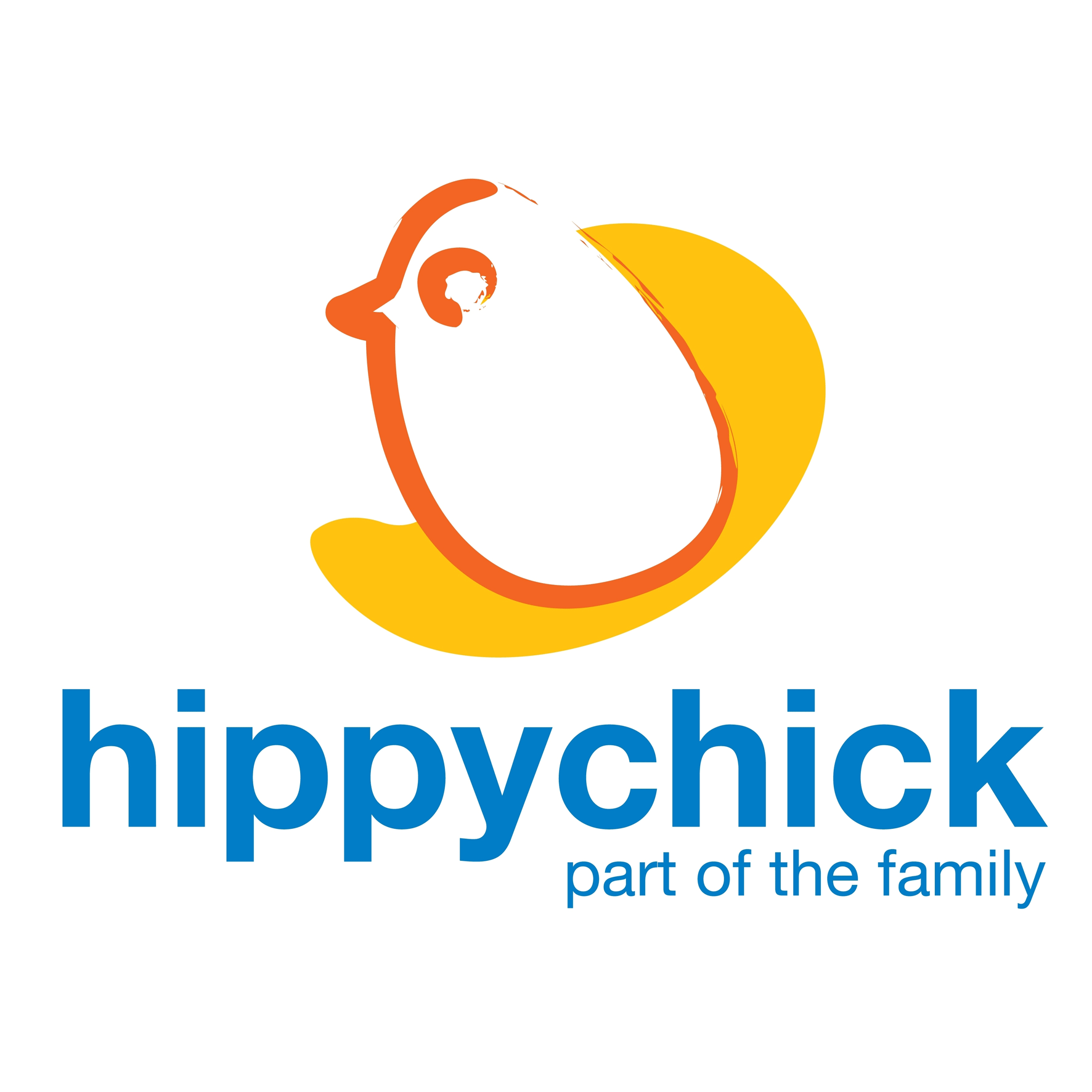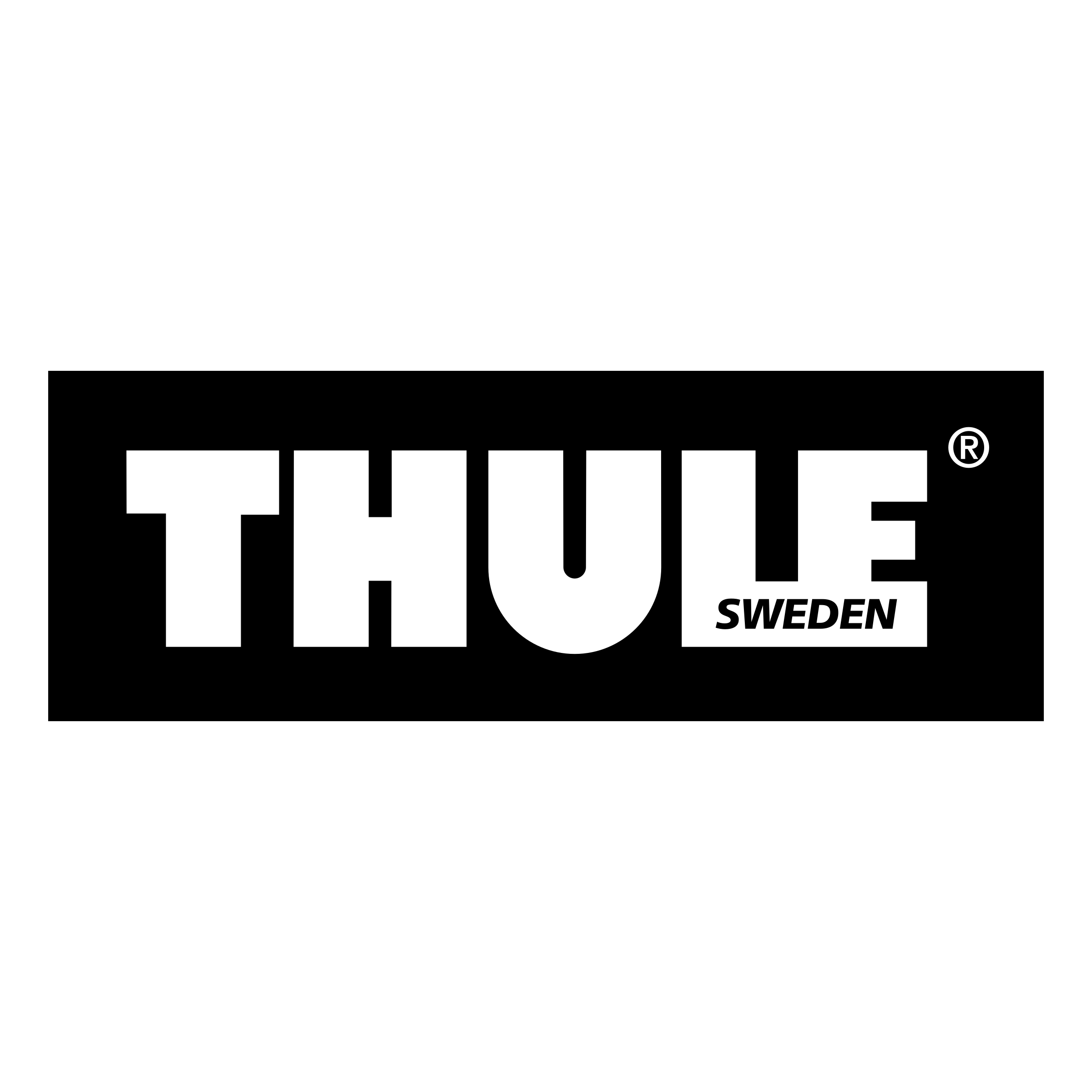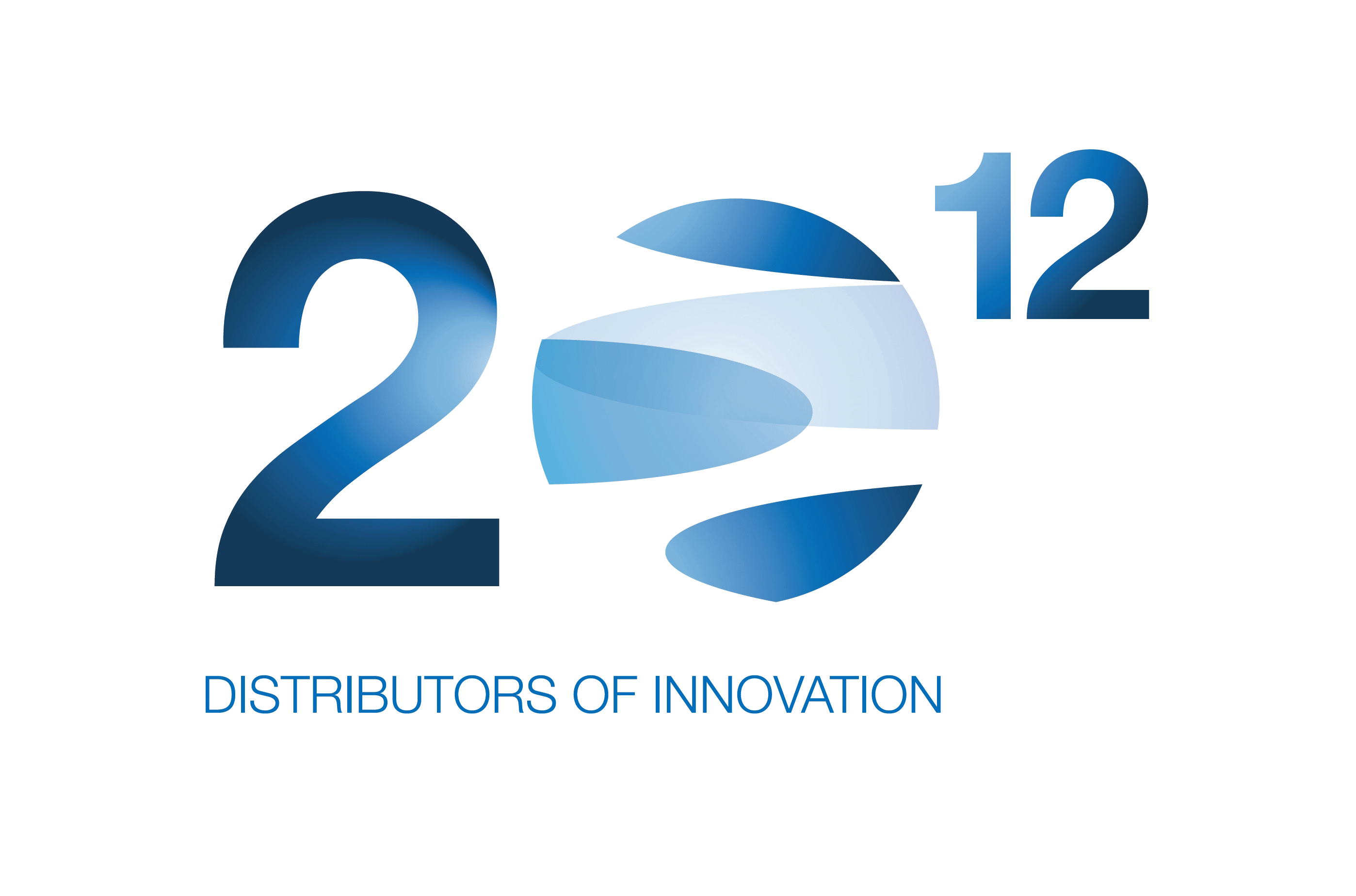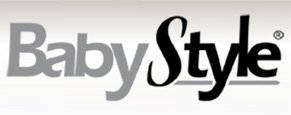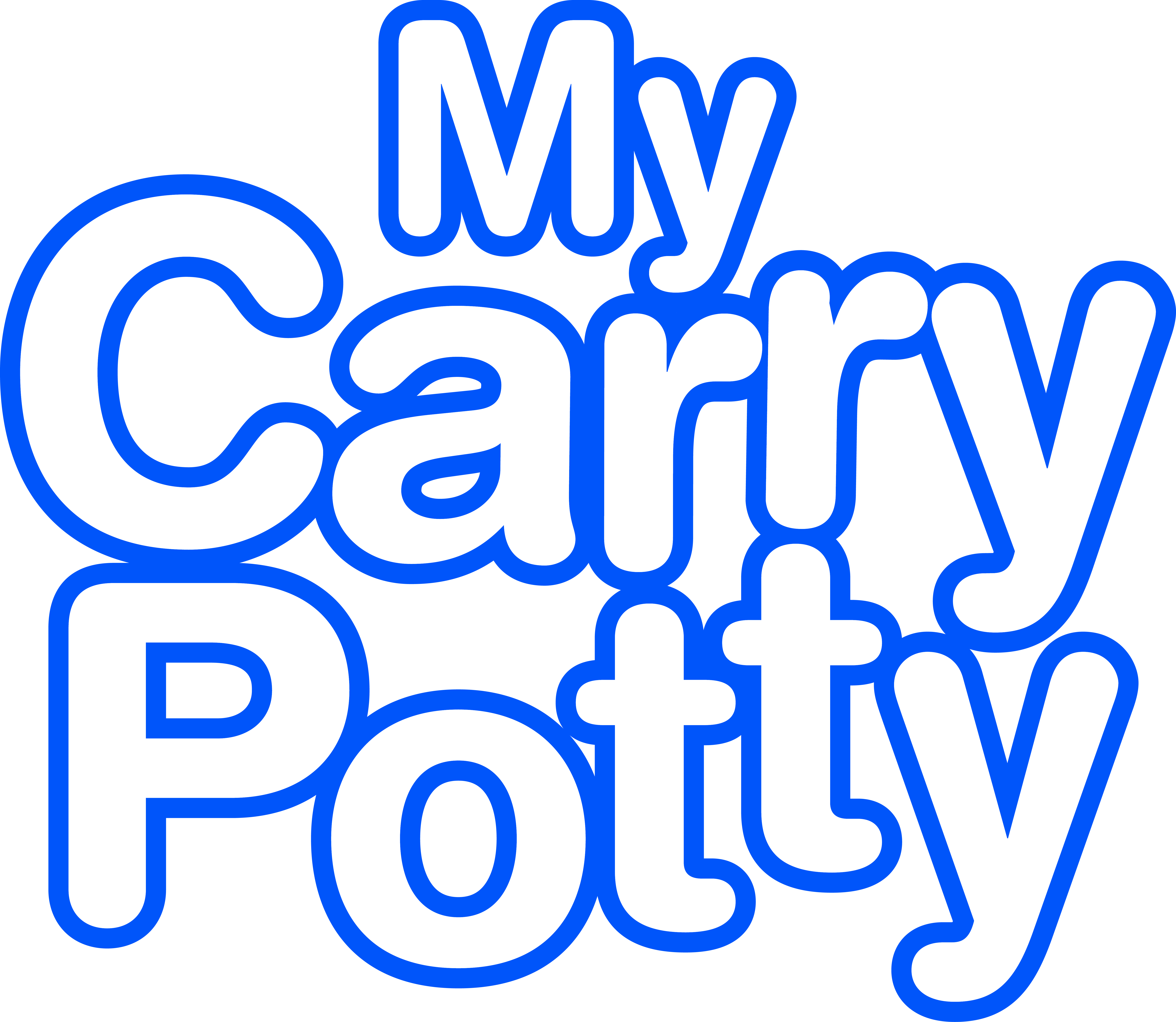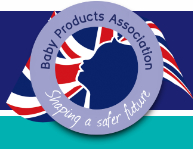
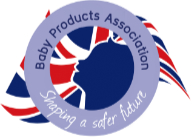

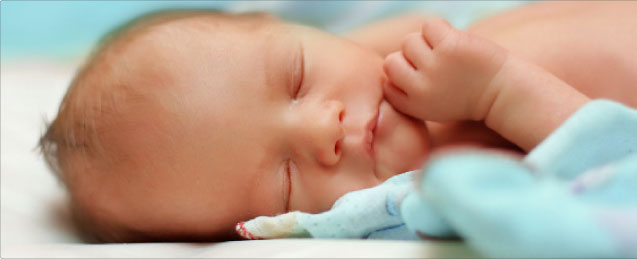
This site is designed to inform and promote the safe use of baby, nursery and childcare products to consumers and the industry in general.
More about the BPA...New rebranded website coming soon

Latest News
Booster seats are not banned
10/02/2017

Robert Anslow, managing director of the trade association, explains: “Widespread media coverage this week has been giving parents the incorrect information about the regulations for child car restraints and in particular the law concerning booster seats.
“It is confusing, because when this new change to the regulation comes into place in March, the existing regulation will still apply to products that have already been purchased and are still in use.”
The Baby Products Association confirms that parents and carers are NOT required to replace existing booster seats and can safely continue to use them for transporting their child – whether they are backless or high-backed – if they carry the label confirming that they are approved to Regulation 44. This Regulation is a legal requirement for all booster seats sold in the UK, so if products have been purchased via a ‘reputable’ retailer and carry this label, parents should have no concerns.
UN/ECE Regulation 44 – what is it?
The new amendment to car seat regulations is driven by the intention for smaller children to have side impact protection to an older age; and at this early stage the implications apply more to manufactures and suppliers of these products. Only newly designed and invented booster seats will be required to gain safety approval to the amended regulation before they can be sold; so brands that are currently in the market place can continue to be sold and used.
From March 2017 newly designed booster seats will only be approved for children over 125cm tall or 22-36 kg.
Consequently, if a booster seat is labelled with R44 – whether it is currently in use, or a new purchase, then parents can safely use them without concern.


